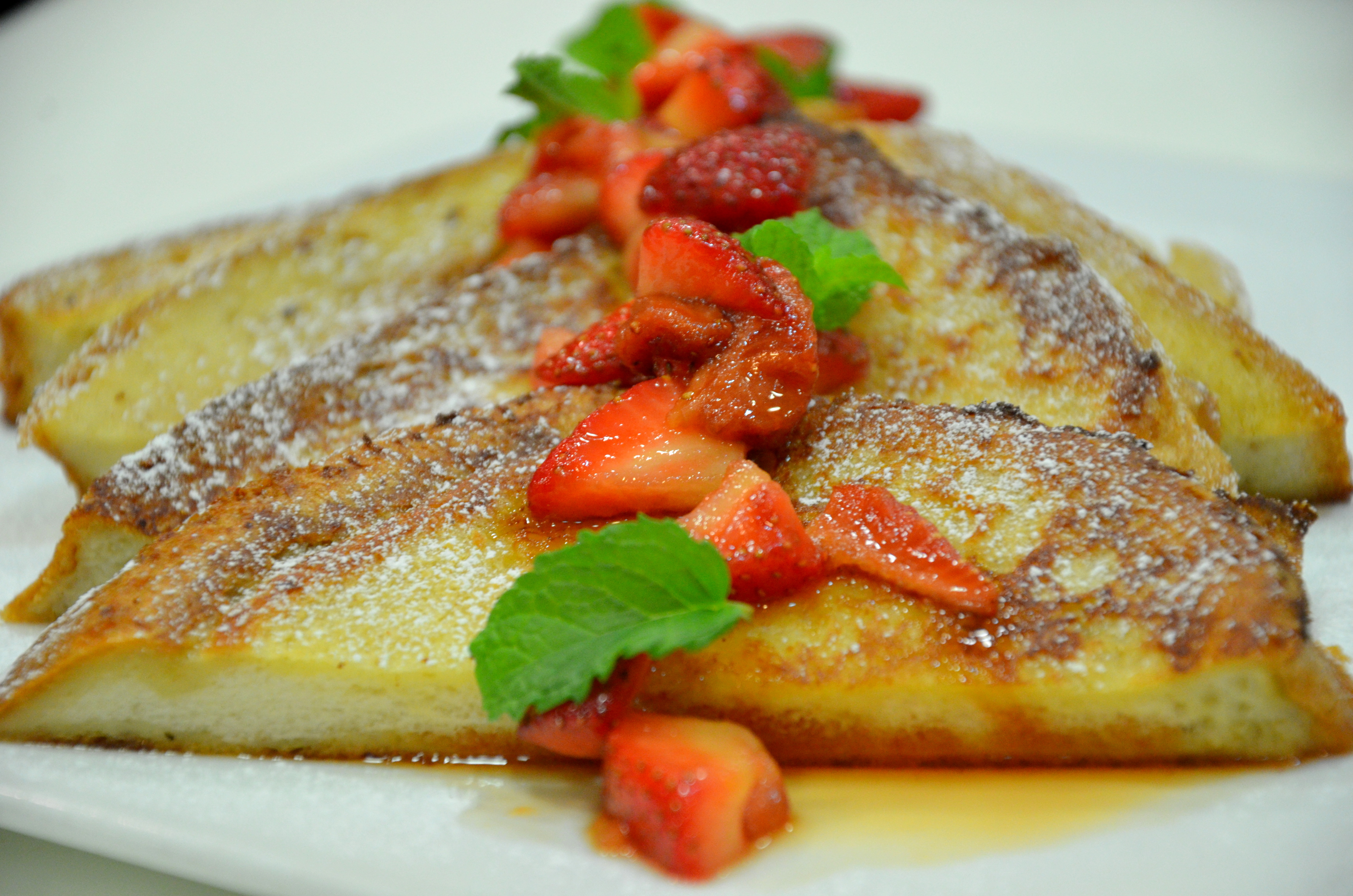
Strawberries have a lot of love to give. Firstly, they are heart-shaped, and secondly, sweet, juicy and make you feel good on the inside and out.
Strawberries are an excellent source of vitamins C and K as well as providing a good dose of fibre, folic acid, manganese and potassium. They also contain significant amounts of phytonutrients and flavanoids which makes strawberries bright red.
Used throughout history in a medicinal context, strawberries can help with digestive ailments, teeth whitening and skin irritations. Their fibre and fructose content may help regulate blood sugar levels by slowing digestion and the fibre is thought to have a satiating effect.
The antioxidant properties in strawberries may also help to prevent cataracts – the clouding over of the eye lens – which can lead to blindness in older age. Our eyes require vitamin C to protect them from exposure to free-radicals from the sun’s harsh UV rays, which can damage the protein in the lens. Vitamin C also plays an important role in strengthening the eye’s cornea and retina.
Vitamin C is one of the antioxidants that can help with cancer prevention, since a healthy immune system is the body’s best defense. A phytochemical called ellagic acid – also found in strawberries – is another.
The power of vitamin C in strawberries continues, as it is vital to the production of collagen, which helps to improve skin’s elasticity and resilience. Since we lose collagen as we age, eating foods rich in vitamin C may result in healthier, younger-looking skin.
The antioxidants and phytochemicals found in strawberries may also help to reduce inflammation of the joints, which may cause arthritis and can also lead to heart disease.
Did you know that strawberries are not actually fruits, as their seeds are on the outside (an average of 200 seeds per fruit). Each “seed” is technically a separate fruit that has a seed inside of it. Despite all this confusion about strawberry seeds, most strawberries are not actually grown from seeds! As strawberry plants grow, they send out thin growths called “runners”. These runners look like strings. When they reach the ground, they send roots into the soil. The roots produce new strawberry plants.
So how did the strawberry get its name? No one knows for sure, but there are a few ideas of how the name might have come about. Some believe that English children in the 19th century would pick strawberries and string them on grass straws to sell as “straws of berries.” Others think the name came from the practice of placing straw around the plants to protect them from the weather. Most people, however, believe “strawberry” came from “strewn berry” since strawberries appear to be “strewn” about on the plants where they grow.
However what really matters is that taste good and are available throughout the Juiced @ The Wicket menu and the Market and Restaurant dessert menus.


